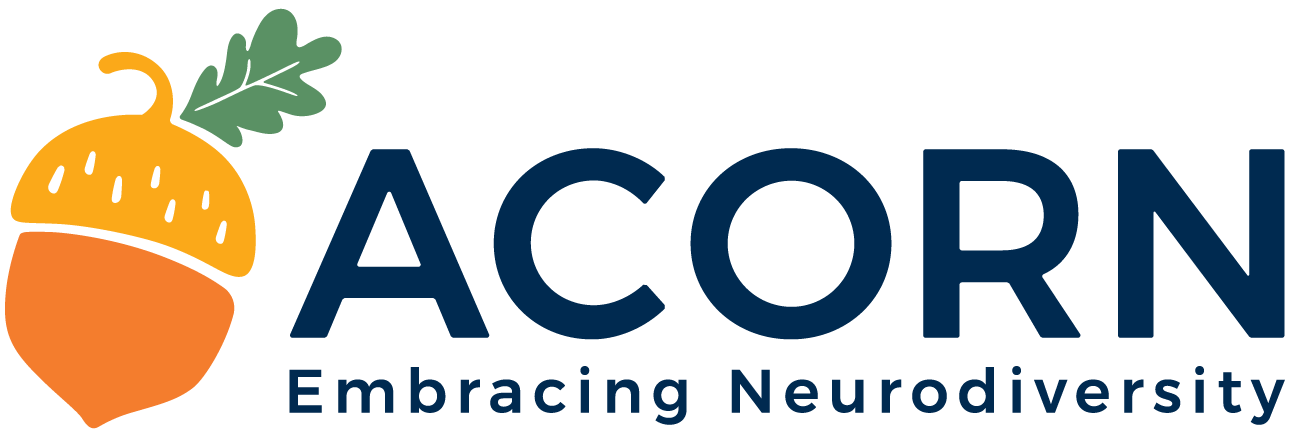Interoception & Emotional Regulation
What is Interoception?
Most of us have heard of the 5 sensory systems of the body (sight, hearing, smell, taste & touch).
Did you know that humans actually have 8 sensory systems? In addition to those listed above, we have the proprioceptive (body awareness), vestibular (movement & positioning) & interoceptive (inner body cues) sensory systems.
Today we will focus on interoception and in particular, its link to emotional regulation.
Interoception refers to the senses from within your body- this includes cues for hunger/thirst, needing the bathroom and how fast your heart is beating. The process by which we detect cues from within our body is outside conscious awareness, however, we can support young people to become more aware of the messages from their body and in turn, this can enhance emotional awareness & self-regulation skills.
The messages we get from our joints & muscles, and other sensory systems like visual, tactile and auditory tend to be very loud in comparison to the messages we get from within our body. This can make it difficult for children and young people to be aware of interoceptive signals.
Neurodiverse children and youth often display difficulties with sensory processing. This can include reduced interoceptive awareness. A child may not notice they are becoming too hot and need to take off layers, or might not notice when they need the bathroom. If difficulties with interoceptive awareness are impacting your child’s quality of life, our occupational therapists can support your family, by developing your child’s interoceptive awareness.
Developing Interoceptive Awareness
Occupational therapists can support your child to develop interoceptive awareness through tailored activities. This could include working to improve understanding of their body scheme, grounding activities to aid body awareness, and body checks between high/low-intensity activities to begin differentiating between signals e.g. fast vs slow heart rate & breathing. Research has shown that mindfulness is one such way we can improve interoception. The act of being present in each moment and within our bodies leads to improvements in interoception. For children, this can be challenging due to the abstract nature of mindfulness & body awareness. These connections can be built over time and with support from an occupational therapist to teach & practice strategies. Typically, body mindfulness starts with external sensation, like exploring textures & movements with the hands. This is a great way to begin noticing & paying more attention to sensations, before moving to less tangible body cues (internal cues).
Interoception & Emotional Regulation
After learning about our interoceptive sense, it likely comes as no surprise that children with interoceptive difficulties may also exhibit difficulties with emotional awareness & self-regulation.
When we feel different emotions, they tend to come with changes within our bodies.
For example, a child may not notice their fists clenched, muscles tensing & heart pounding and this indicates they are feeling angry. When children have difficulty recognising their emotions, it tends to be very hard for them to take any active strategies to regulate! Interoception, therefore, is a building block for independent self-regulation.
Additionally, interoception is important for children to recognise whether regulation strategies are actually helping them to calm down or increase energy levels. A child with limited interoceptive awareness is unlikely to notice whether jumping jacks are increasing their heart rate & therefore heightening their energy levels. An occupational therapist can help with developing this understanding & body awareness, as well as work with your child to develop proactive strategies for self-regulation & emotional awareness.
